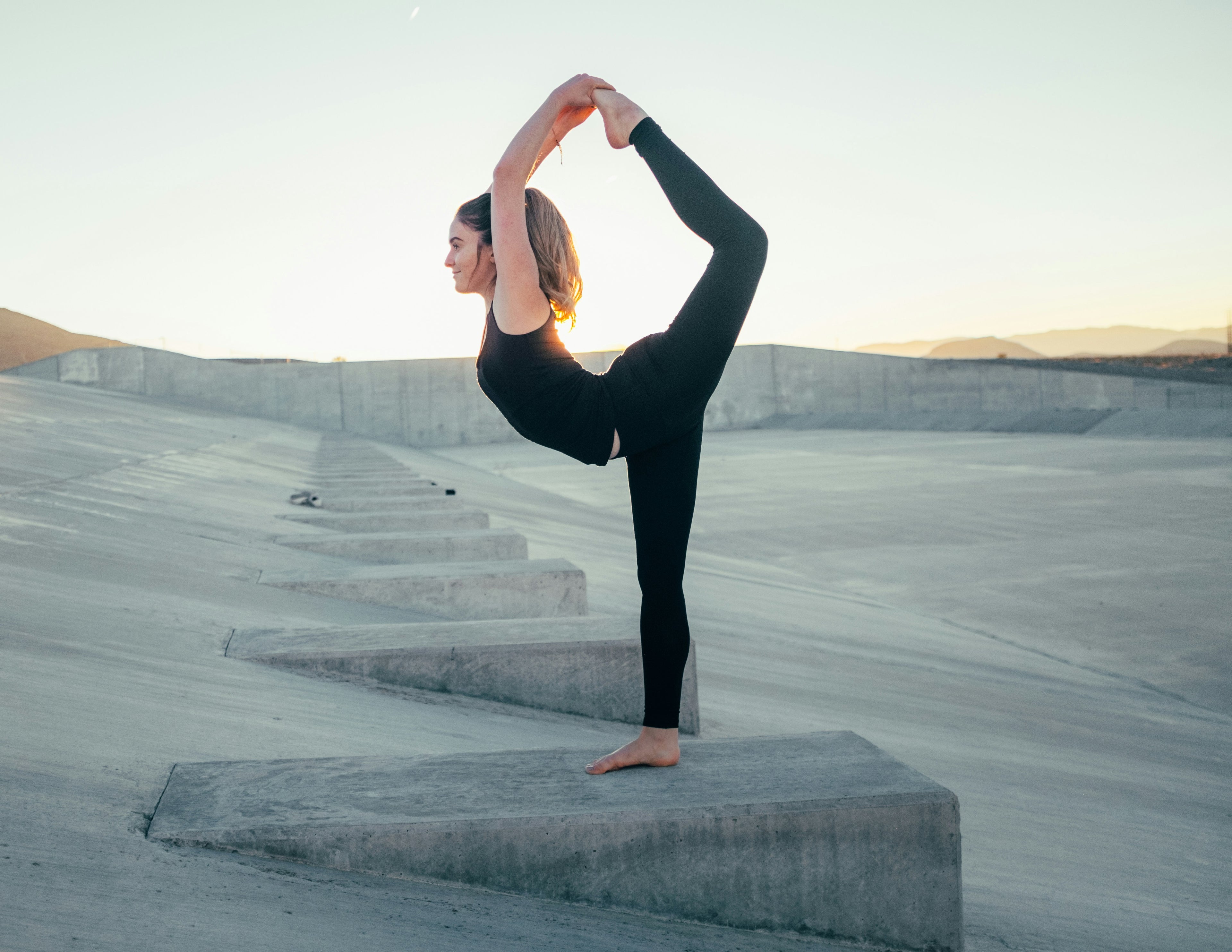Flexibility Training: Stretching and Yoga Exercises to Enhance Flexibility

Introduction
Flexibility is a key component of physical fitness that often gets overlooked. It improves range of motion, reduces the risk of injuries, and enhances overall performance in various activities. In this blog, we will explore effective stretching and yoga exercises designed to increase flexibility, making your body more agile and resilient.
Benefits of Flexibility Training
Before diving into specific exercises, let's discuss the benefits of incorporating flexibility training into your routine:
- Improved Range of Motion: Flexibility exercises help your joints move more freely, reducing stiffness.
- Injury Prevention: Enhanced flexibility decreases the risk of muscle strains and joint injuries.
- Better Posture: Stretching helps align the spine and reduces muscular imbalances, leading to better posture.
- Enhanced Performance: Flexibility improves overall movement efficiency, benefiting athletes and fitness enthusiasts.
- Stress Relief: Stretching and yoga can help release physical and mental tension, promoting relaxation.
Effective Stretching Exercises
-
Hamstring Stretch
- Purpose: Increases flexibility in the hamstrings and lower back.
- Steps:
- Sit on the floor with your legs extended straight.
- Reach forward with both hands towards your toes.
- Hold the position for 20-30 seconds without bouncing.
- Tips: Keep your back straight to avoid strain. If you can't reach your toes, reach for your shins or knees.
-
Quadriceps Stretch
- Purpose: Stretches the front thigh muscles.
- Steps:
- Stand tall and hold onto a wall or chair for balance.
- Bend your right knee, bringing your heel towards your buttocks.
- Grasp your ankle with your right hand and gently pull.
- Hold for 20-30 seconds and switch sides.
- Tips: Keep your knees close together and avoid arching your back.
-
Shoulder Stretch
- Purpose: Increases flexibility in the shoulders and upper back.
- Steps:
- Stand or sit tall.
- Extend your right arm across your chest.
- Use your left hand to gently press your right arm towards your chest.
- Hold for 20-30 seconds and switch sides.
- Tips: Keep your shoulder down and avoid rotating your torso.
Yoga Poses to Enhance Flexibility
-
Downward-Facing Dog (Adho Mukha Svanasana)
- Sanskrit Meaning: Adho means "downward," Mukha means "face," and Svana means "dog."
- Pose Type: Inversion
- Why It’s Effective: Stretches the hamstrings, calves, and shoulders, while strengthening the arms and legs.
- Steps:
- Start on your hands and knees.
- Lift your hips up and back, straightening your legs and forming an inverted V-shape.
- Press your hands firmly into the mat and lengthen your spine.
- Hold for 5-10 breaths.
- Tips: Keep your knees slightly bent if your hamstrings are tight, and focus on lifting your hips high.
-
Seated Forward Bend (Paschimottanasana)
- Sanskrit Meaning: Paschima means "west" (referring to the back of the body), and Uttana means "intense stretch."
- Pose Type: Forward Bend
- Why It’s Effective: Stretches the spine, shoulders, hamstrings, and lower back.
- Steps:
- Sit with your legs extended straight.
- Inhale and lengthen your spine.
- Exhale and fold forward from the hips, reaching for your feet.
- Hold for 5-10 breaths.
- Tips: Keep your back straight and hinge from the hips to avoid rounding your spine.
-
Cobra Pose (Bhujangasana)
- Sanskrit Meaning: Bhujanga means "cobra."
- Pose Type: Backbend
- Why It’s Effective: Stretches the chest, shoulders, and abdomen, and strengthens the spine.
- Steps:
- Lie face down with your hands under your shoulders.
- Inhale and lift your chest off the ground, straightening your arms partially or fully.
- Hold for 5-10 breaths.
- Tips: Keep your elbows close to your body and avoid overextending your lower back.
Incorporating Flexibility Training into Your Routine
- Consistency is Key: Aim to incorporate stretching and yoga exercises into your routine at least 3-4 times a week.
- Warm-Up: Always start with a gentle warm-up to prepare your muscles for stretching.
- Breathe Deeply: Focus on deep, steady breathing to enhance the effectiveness of your stretches.
- Listen to Your Body: Avoid pushing into pain. Stretch to a point of mild discomfort, not pain.
- Use Props: Yoga blocks, straps, and cushions can help you achieve proper alignment and deeper stretches.
Conclusion
Flexibility training is an essential aspect of overall fitness that offers numerous benefits, from improved range of motion to reduced injury risk. Incorporating effective stretching exercises and yoga poses into your routine can help you enhance your flexibility and enjoy a more agile, resilient body.
For more yoga tips and to explore our range of yoga mats and accessories, visit our website Sportive Lives. Begin your journey to greater flexibility and a healthier, more balanced life today!
Copyright Notice
Some of the images used in this blog are from the Internet and are for sharing and learning only. The copyright belongs to the original author. If you think that our use infringes your copyright, please contact us in time, and we will delete the relevant content as soon as possible. Thank you for your understanding and support.
Article Source: SportiveLives.com



Leave a comment
All comments are moderated before being published.